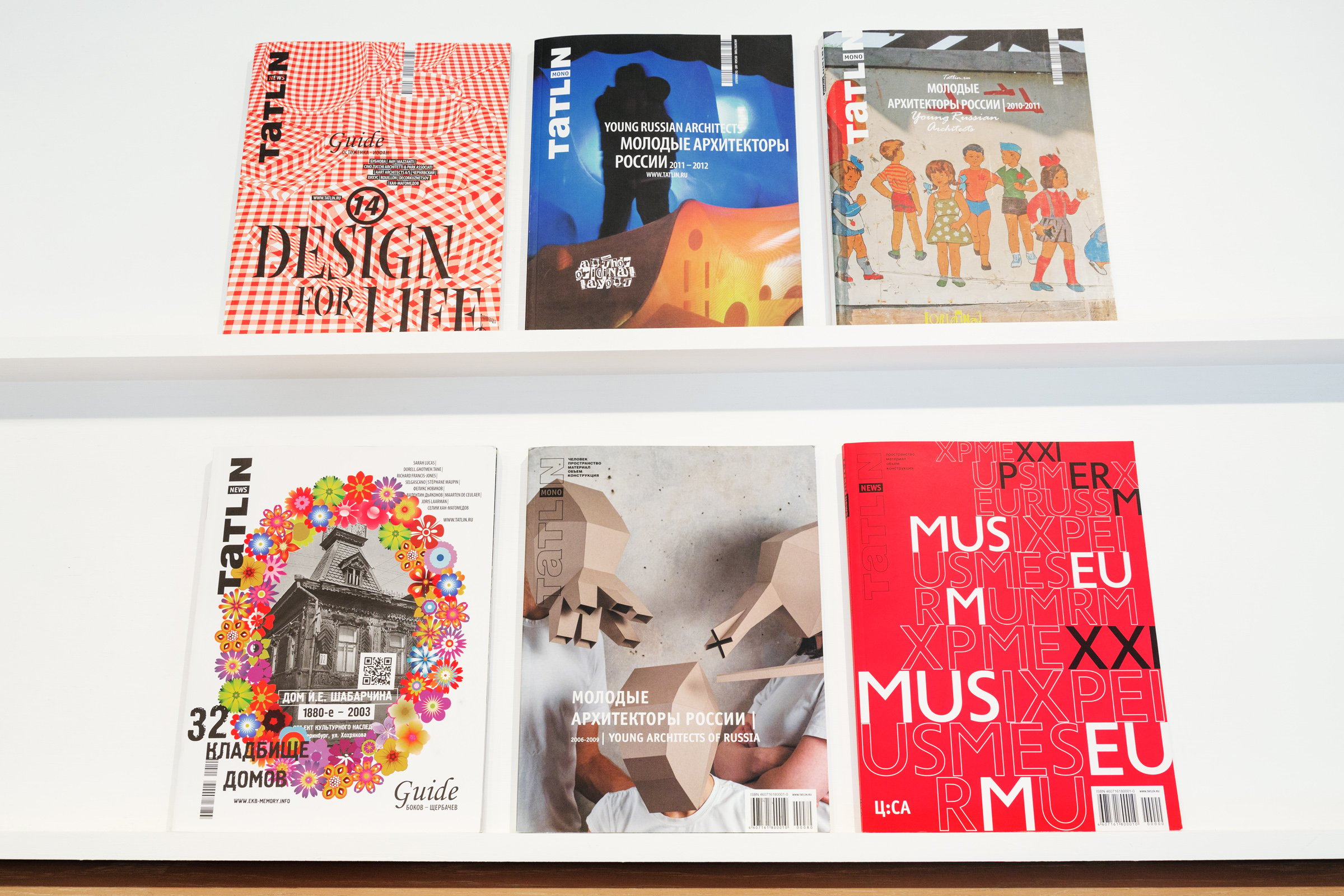Wild weekend: how cult website WOS found the secret to viral success. Without really trying

From badly dressed vegetables to celebrity belly buttons, the team behind WOS knows what it takes to reach its fanbase of Russian hipsters
When Weekend OpenSpace (WOS) was launched in February 2012, it caused a rush of excitement in Russian media circles. It was the latest in a line of cultural news websites to have surfaced in Russia in recent years. Only WOS was different. Unlike the relatively ordered content offered by other websites such as Colta and Lookatme, WOS’s unruly aesthetic, Gonzo-style journalism and nonchalant attitude towards profitability ensured the site, a Vice meets Dazed and Confused hybrid, was an instant hit. From gifs to memes, its singular use of video, image and text has meant the team at WOS has managed to unlock the secret to making content go viral, albeit mainly among its fanbase of Russian hipsters.
The Moscow-based site’s word of mouth success ultimately lies in its ability to package and deliver information about digital youth culture to an attention-deficit audience of twentysomethings. The content it produces as well as the form which it takes is in its own right a kind of new media art, although populist rather than conceptual. What’s equally significant is how WOS started out life: as the entertainment arm of OpenSpace, a socio-political publication that launched in July 2008. Unlike its parent website, which closed on 8 February this year after much sputtering along the way (reports vary as to whether this was due to a lack financial viability or because of political reasons), WOS is still going strong.
“We’re not idiots who are only interested in lols and gifs but we don’t deny our love for wasting two hours on a browser game”
WOS is a chaotic mix of experimental fashion shoots, travel photo diaries and absurd videos, all presented in a mash-up of cutting-edge graphic design trends. It doesn’t matter what you’re into — there’s something for everyone. Their galleries, which range from photos of badly dressed vegetables to a top ten of weird celebrity belly buttons, are as compelling as the Daily Mail’s sidebar of shame. Marginally more highbrow are their Facebook profiles of Russian literary giants while for those in search of even greater cerebral stimulation, longer articles, say on Biedermeier literature — a type of non-political form of fiction that flourished in mid-19th century Austria — is known to occasionally grace its pages.
According to the team of 23 staff, the website’s visual exuberance is not a result of their own personal disorder but part of a new internet language, created specifically for a new generation of visually-oriented youth with a penchant for swapping pictures and videos. For the team at WOS, the medium is often more important than the message. “We’re not idiots who are only interested in lols and gifs but we don’t deny our love for wasting two hours on a browser game,” says arts editor Daria Borisenko.
As journalists go, the team behind the website is as unconventional as the content. When hiring, the founder of WOS, Yekaterina Gerasicheva, 42, a well-known television presenter, film producer and former general director of Openspace, says she looked for candidates with strong opinions and a sense of humour. Past experience registered low on her list of priorities while her own intuition about applicants featured high. “The hiring process could not have been possible at any other magazine,” says Olya Korsun, the visual producer who joined the team with only two weeks of work experience at listings magazine Afisha. “Those who were too passive in their attitude or too conformist were not fired, but they soon left of their own accord.”

Screenshot from WOS website
Gerasicheva’s role, a kind of demiurge of a social utopia, is anchored in a strong maternal instinct. The project is in part a result of her curiosity about how young people communicate and access information in today’s data-laden world, a curiosity brought about by observations of her 20-year-old son and his friends. In her own words, she is driven by a desire to educate, to inspire a sense of initiative in young people and encourage the confidence to make decisions even if it means going against society’s expectations.
Gerasicheva’s interest in everyday psychology is evident when she speaks (she studied the subject at university) with phrases such as “inner child” peppering her conversation. “I wanted to create a space where people realise it’s possible to keep their inner freedom,” she says. “To let readers know that the cliches they’ve been force-fed by adults or at school is not the only truth out there. I wanted to explain that it is important not to kill your inner child. Free and ironic romantics are rare even among the young. I want this project to be an escape for as long as it exists.”
If, as the saying goes, imitation is the highest form of flattery then WOS has much to be pleased about. When its closest competitor Lookatme, Russia’s most popular youth website, unveiled its new design last year, readers were quick to point out the similarities with WOS’s style. Content-wise, Lookatme has also taken steps into WOS’s absurdist territory. What differentiates the two, however, is their audience. Lookatme’s glossier design attracts a somewhat glossier audience while the team at WOS describe their readership as similar to themselves: lacking in social ambition and proud of their unprofessionalism.
Their slacker credo is best encapsulated by one of the stars of WOS, Oleg Koronny, host of a satirical show, Oh No Anything But That! Whether it’s a caviar-eating competition or the Fashion People Awards, Koronny’s role as goofy reporter succeeds in making both himself and his interviewees ridiculous in one fell swoop, all of it done with a certain warmth. “As the most stupid person in the programme is me, it doesn’t really matter if other people look stupid too,” says Koronny. “They are just part of the background for my own character.”

Olya Korsun, visual producer, who joined WOS with only two weeks work experience
A year since its launch and WOS is already facing a dilemma common to other experimental projects: assimilation into the mainstream. This February, WOS announced a new partnership with entertainment channel Paramount Comedy Russia, a 24-hour station owned by Viacom. In addition to its regular programme of US comedies that includes The Big Bang Theory and 2 Broke Girls, Paramount Comedy will feature content from WOS, including Koronny’s video reports.
Borisenko’s response to critics, who claim WOS has become more mainstream, is that the site is suffering from “second album syndrome”. “It has been a while since the launch and the ones who were following the project form the very beginning have lost the sense of being special,” she says. “I can understand when they say that we used to write for devotees and now are too mainstream. But the experiment hasn’t stopped. It’s just being done on a larger scale.”


